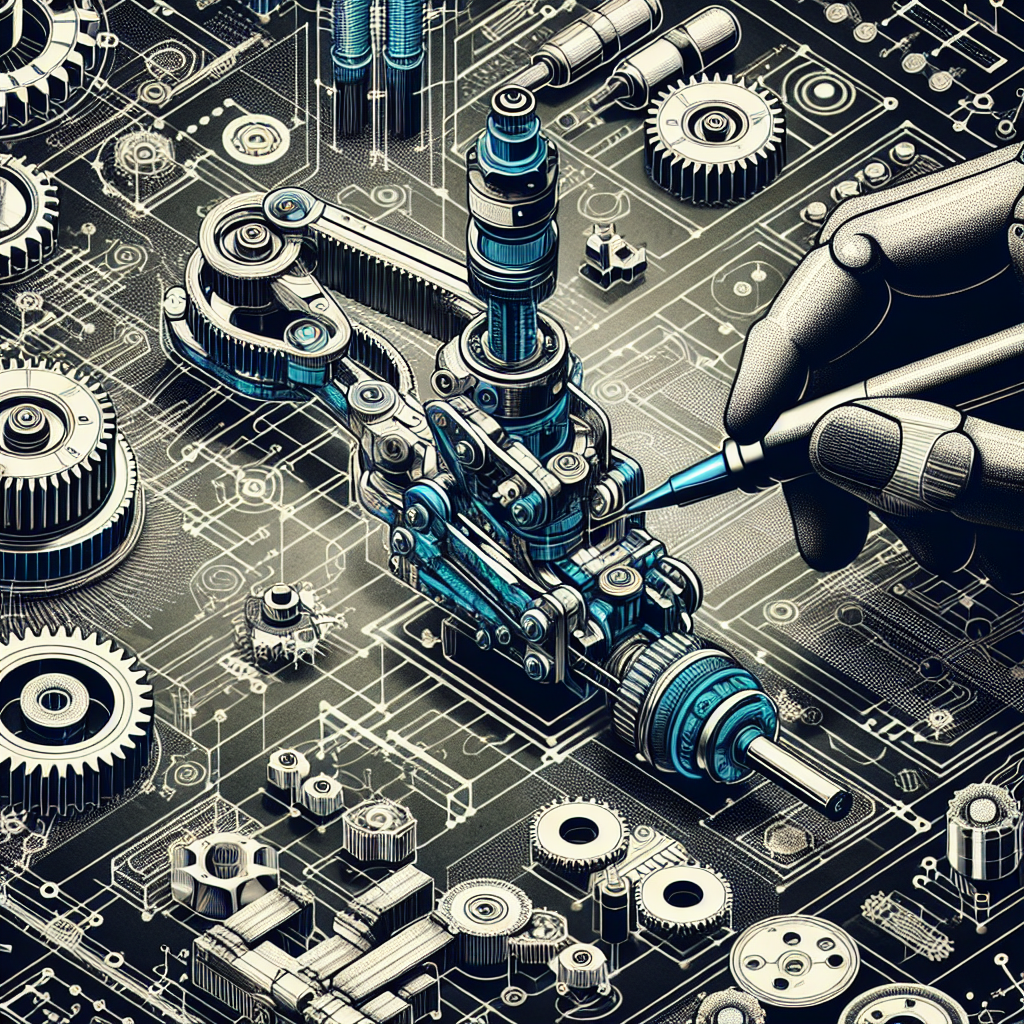Automation is a key component in modern industrial processes, allowing for increased efficiency, precision, and productivity. At the heart of automation systems are actuators, which play a crucial role in converting energy into motion. Understanding how actuators work is essential for designing and implementing efficient automation systems.
Actuators are devices that are responsible for moving or controlling a mechanism or system. They are used in a wide range of applications, from simple tasks like opening and closing a valve to more complex tasks like controlling the movements of a robotic arm. Actuators can be powered by various energy sources, including electric, hydraulic, pneumatic, or mechanical.
One of the most common types of actuators is the electric actuator, which uses electricity to generate motion. Electric actuators can be either linear or rotary, depending on the type of motion required. Linear actuators move in a straight line, while rotary actuators rotate around an axis. Electric actuators are popular for their precision and speed, making them ideal for applications that require accurate positioning and fast response times.
Hydraulic actuators, on the other hand, use hydraulic fluid to generate motion. These actuators are often used in applications that require high force and power, such as heavy-duty machinery and industrial equipment. Hydraulic actuators are known for their reliability and ability to handle heavy loads, making them a popular choice in industries where high force is required.
Pneumatic actuators use compressed air to generate motion, making them ideal for applications that require quick and precise movements. Pneumatic actuators are lightweight and easy to install, making them a cost-effective option for many automation systems. They are commonly used in industries such as automotive manufacturing, packaging, and robotics.
Mechanical actuators rely on mechanical force, such as gears, cams, or levers, to generate motion. These actuators are simple and reliable, making them suitable for applications where precise control is not necessary. Mechanical actuators are commonly used in applications such as door locks, conveyor systems, and manual valves.
Understanding the different types of actuators and their capabilities is essential for designing efficient automation systems. By selecting the right actuator for a specific application, engineers can ensure that the system operates smoothly and efficiently. Factors to consider when choosing an actuator include the required force, speed, accuracy, and environmental conditions.
In conclusion, actuators are the key to efficient automation systems, enabling precise control and movement in a wide range of applications. By understanding the different types of actuators and their capabilities, engineers can design automation systems that meet the specific needs of their industry. With the right actuator in place, companies can achieve increased productivity, reduced downtime, and improved overall efficiency in their operations.

Leave a Reply